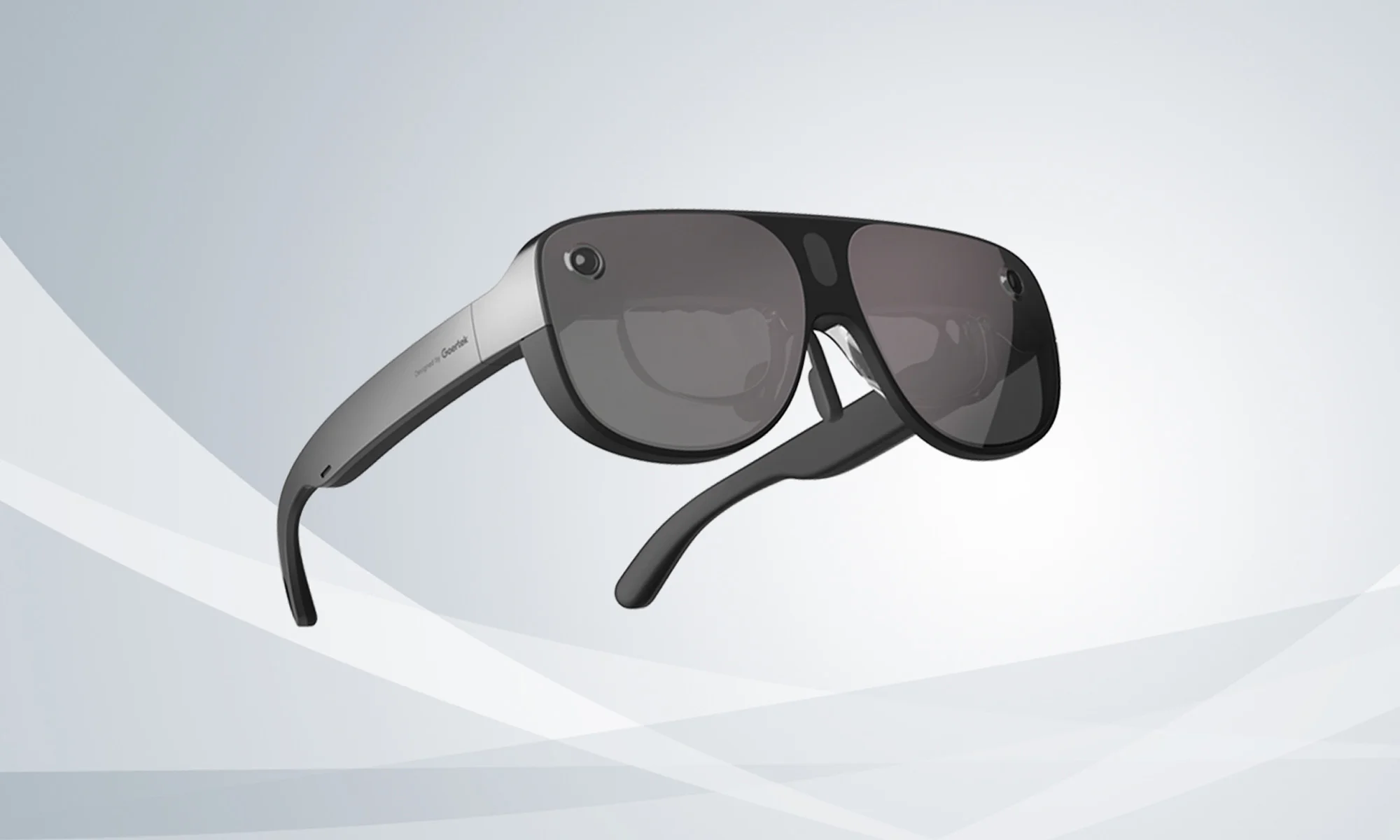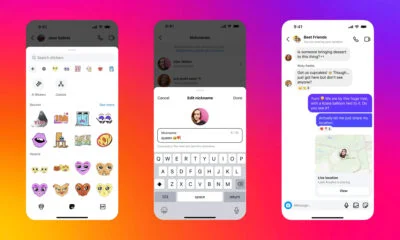News
Xiaomi Launches SU7 Ultra Electric Sedan With 1,500 Horsepower
Xiaomi’s new SU7 Ultra electric sedan pairs 1,500 horsepower with advanced aerodynamics, a 93.7 kWh fast-charging battery, and top-tier luxury detailing.

Three months after its prototype debut in July, Xiaomi has officially launched the SU7 Ultra — a massively powerful electric sedan with luxury features — in the Chinese market. Boasting 1,500 horsepower, the model obliterates current performance standards for electric vehicles (EVs). The SU7 also caters to the high-end market with its top-tier specs and bold design. The capability to accelerate from 0 to 100 km/h in under 2 seconds underscores Xiaomi’s commitment to pushing the EV performance envelope despite little experience in the automotive market.
The SU7 Ultra takes the design of Xiaomi’s standard SU7 to new levels with a focus on aerodynamics and sportier aesthetics. Key design elements include redesigned bumpers, a larger rear spoiler spanning 1.56 meters, and a widened body structure compared to its standard counterpart. Xiaomi claims these additions, along with an active rear diffuser, generate a downforce of up to 265 kg.

Inside, the SU7 Ultra combines luxurious materials with performance-inspired styling. Alcantara, a hallmark of high-end automotive interiors, envelopes the seats, steering wheel, door panels, and other interior surfaces. Meanwhile, carbon fiber accents add to the sporty feel, and include the doorstep panels, center console, and rearview mirror.

The SU7 Ultra is powered by CATL’s Qilin 2.0 battery, with a capacity of 93.7 kWh. This high-performance power pack supports a remarkable 5.2C DC fast-charging rate, enabling a 10-80% charge in just 11 minutes. With a maximum discharge power of 1,330 kW, the battery powers three electric motors, producing a combined 1,138 kW (or 1,526 hp) and peak torque of 1,770 Nm. With so much power on tap, the SU7 Ultra can reach 100 km/h in 1.98 seconds, 200 km/h in 5.86 seconds, and achieve a top speed of 350 km/h.
Also Read: Qatar Airways Debuts World’s First Boeing 777 Starlink Flight
The SU7 Ultra’s dragstrip times are no less impressive: The Chinese EV can complete the quarter-mile dash in a hypercar-rivaling 9.23 seconds, aided by an Asil-D torque vectoring system for enhanced handling. The vehicle also features Xiaomi’s largest carbon ceramic brake discs to date, with front discs at 430 mm and rears measuring a slightly smaller 410 mm, ensuring awesome stopping power.
News
Samsung Smart Glasses Teased For January, Software Reveal Imminent
According to Korean sources, the new wearable will launch alongside the Galaxy S25, with the accompanying software platform unveiled this December.

Samsung appears poised to introduce its highly anticipated smart glasses in January 2025, alongside the launch of the Galaxy S25. According to sources in Korea, the company will first reveal the accompanying software platform later this month.
As per a report from Yonhap News, Samsung’s unveiling strategy for the smart glasses echoes its approach with the Galaxy Ring earlier this year. The January showcase won’t constitute a full product launch but will likely feature teaser visuals at the Galaxy S25 event. A more detailed rollout could follow in subsequent months.
Just in: Samsung is set to unveil a prototype of its augmented reality (AR) glasses, currently in development, during the Galaxy S25 Unpacked event early next year, likely in the form of videos or images.
Additionally, prior to revealing the prototype, Samsung plans to introduce…
— Jukanlosreve (@Jukanlosreve) December 3, 2024
The Galaxy Ring, for example, debuted in January via a short presentation during Samsung’s Unpacked event. The full product unveiling came later at MWC in February, and the final release followed in July. Samsung seems to be adopting a similar phased approach with its smart glasses, which are expected to hit the market in the third quarter of 2025.
A Collaborative Software Effort
Samsung’s partnership with Google has played a key role in developing the smart glasses’ software. This collaboration was first announced in February 2023, with the device set to run on an Android-based platform. In July, the companies reiterated their plans to deliver an extended reality (XR) platform by the end of the year. The software specifics for the XR device are expected to be unveiled before the end of December.
Reports suggest that the smart glasses will resemble Ray-Ban Meta smart glasses in functionality. They won’t include a display but will weigh approximately 50 grams, emphasizing a lightweight, user-friendly design.
Feature Set And Compatibility
The glasses are rumored to integrate Google’s Gemini technology, alongside features like gesture recognition and potential payment capabilities. Samsung aims to create a seamless user experience by integrating the glasses with its broader Galaxy ecosystem, starting with the Galaxy S25, slated for release on January 22.



























